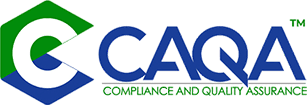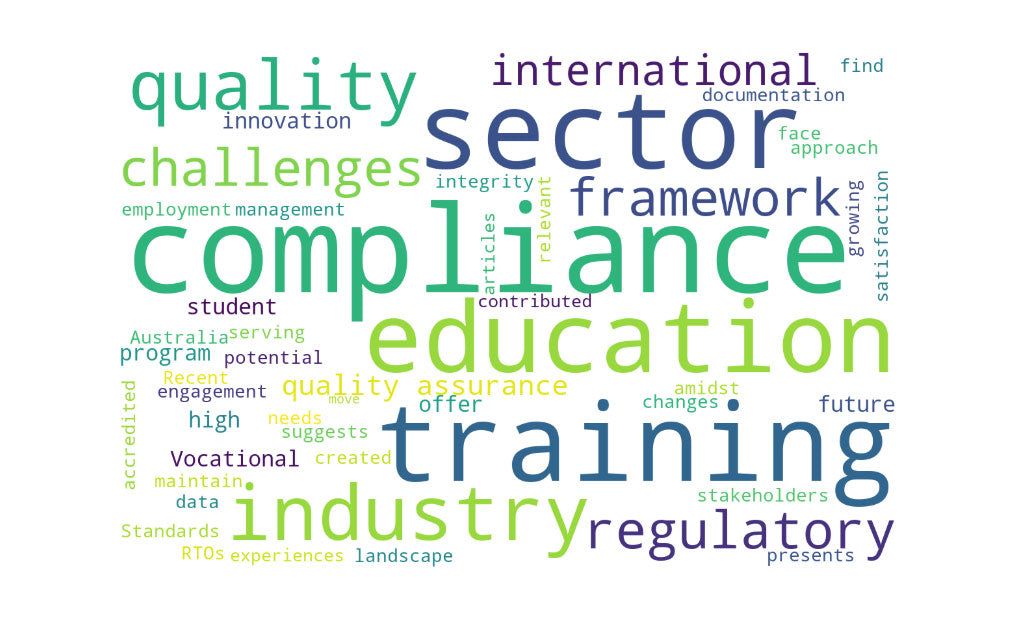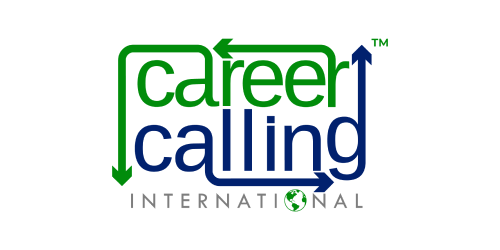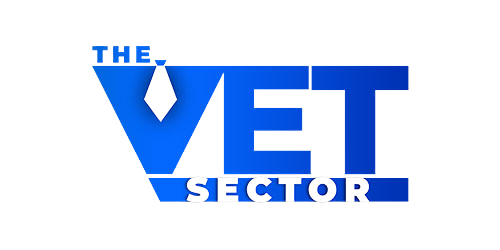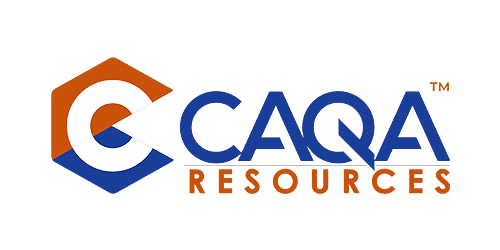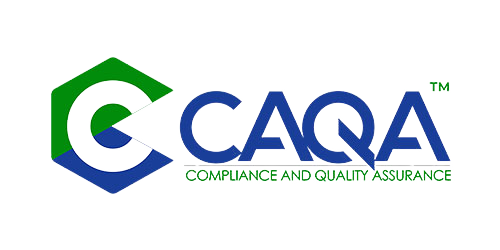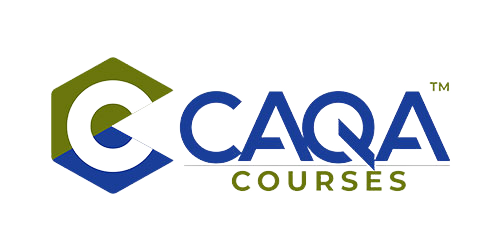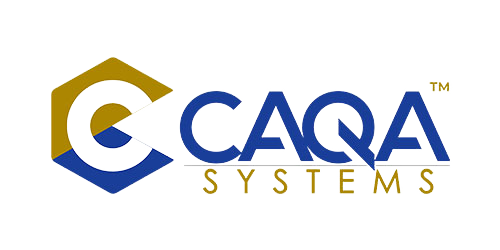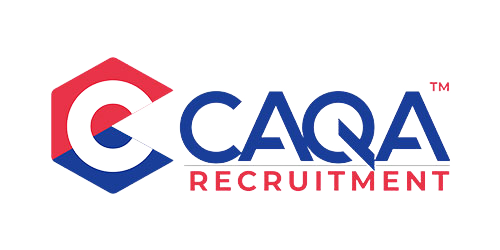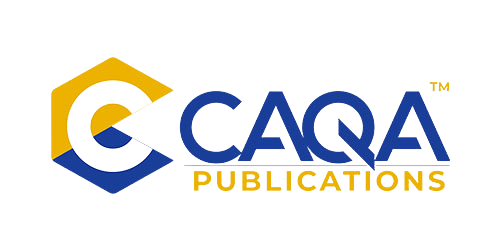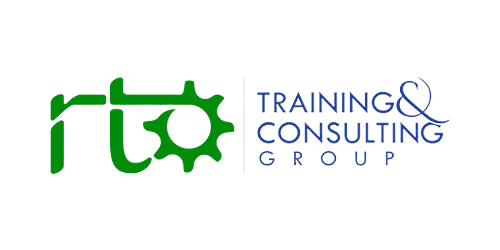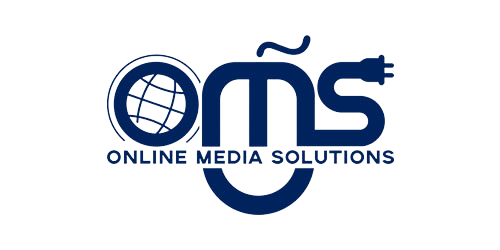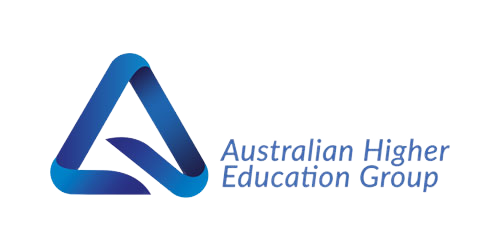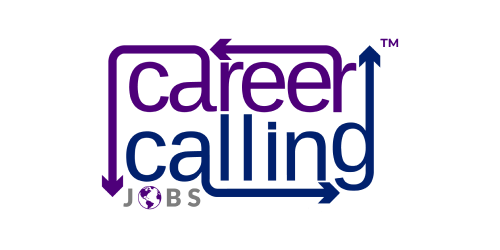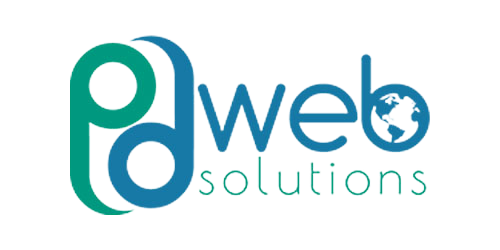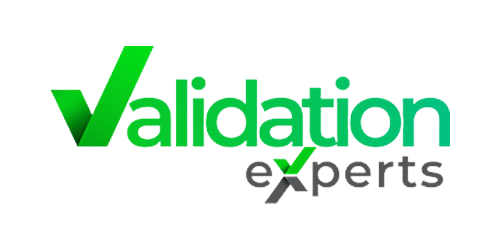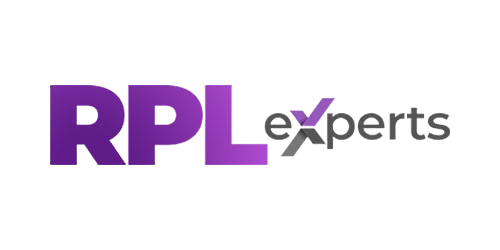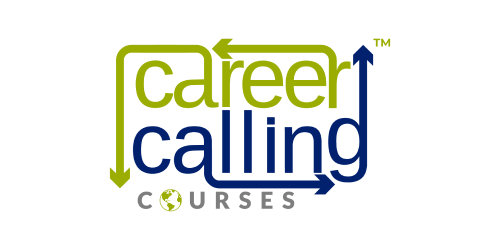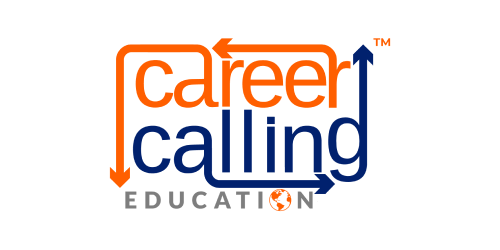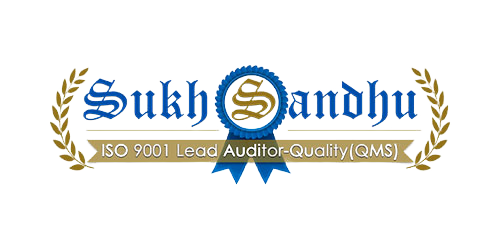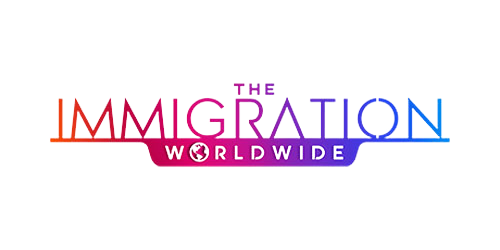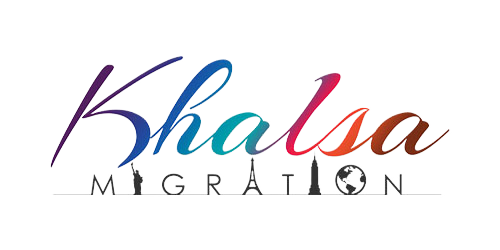As we move through 2025, Australia's Vocational Education and Training sector finds itself at a critical juncture. The landscape of compliance and quality assurance is evolving rapidly, driven by technological advancement, regulatory reforms, and changing industry demands. Yet, amidst this transformation, we're witnessing a curious paradox: while the intention behind regulatory frameworks is to ensure quality and protect stakeholders, the growing complexity of compliance requirements threatens to undermine the very innovation and adaptability our sector needs to thrive.
The delayed implementation of the revised Standards for Registered Training Organisations, originally scheduled for July 1, 2025, exemplifies the challenges we face. This situation, while frustrating for many RTOs, offers an opportunity for deeper reflection on how we approach compliance in our sector. Are we truly serving the best interests of our learners and industry partners with our current regulatory framework? Or have we created a system so focused on documentation and procedural correctness that we've lost sight of our primary mission—delivering high-quality, industry-relevant training?
Recent data from the National Centre for Vocational Education Research (NCVER) presents a sobering picture. While overall satisfaction rates remain high, with 89.5% of qualification completers expressing satisfaction with their training, we're seeing concerning trends in employment outcomes. The proportion of graduates reporting improved employment status has decreased by 3.2 percentage points to 64.4% in 2024. This decline suggests that despite our rigorous compliance frameworks, we may not be fully meeting the needs of our key stakeholders—our students and their future employers.
The rise of artificial intelligence and digital technologies presents both opportunities and challenges for compliance management. While these tools offer the potential to streamline administrative processes and reduce the burden of documentation, they also raise new questions about data privacy, security, and the ethical use of technology in education. How do we harness these innovations while ensuring we maintain the integrity and quality of our training delivery?
The international education sector faces its own set of challenges, with recent policy changes threatening to reshape the landscape dramatically. The introduction of new visa restrictions and caps on international student numbers has created additional compliance complexities for RTOs, particularly those serving international students. These changes, while aimed at addressing genuine concerns about program quality and integrity, risk undermining Australia's position as a leading destination for international education.
Yet, amidst these challenges, I see reason for optimism. The establishment of the 10 Jobs and Skills Councils represents a significant step towards more meaningful industry engagement in our sector. This new framework offers the potential for more responsive and relevant training programs, provided we can find ways to balance industry input with necessary quality assurance measures.
The growing recognition of the role of non-accredited training alongside traditional accredited programs suggests a more nuanced understanding of how we might approach quality assurance in the future. Perhaps it's time to consider a more flexible regulatory framework that maintains high standards while allowing for greater innovation and responsiveness to industry needs.
As we navigate these challenges, it's crucial that we hear from all voices in our sector. Your experiences, insights, and perspectives are invaluable in shaping the future of compliance and quality assurance in Australian vocational education. This is why we're launching a new initiative to feature contributed articles from professionals across the VET sector in upcoming issues of our publication.
Call for Contributions:
We invite you to share your expertise and experiences through contributed articles on topics including:
-
Innovative approaches to compliance management
-
Case studies of successful quality assurance practices
-
Perspectives on balancing regulation with innovation
-
Strategies for managing international education compliance
-
Technology solutions for regulatory requirements
-
Industry engagement in quality assurance
-
Professional development in compliance management
